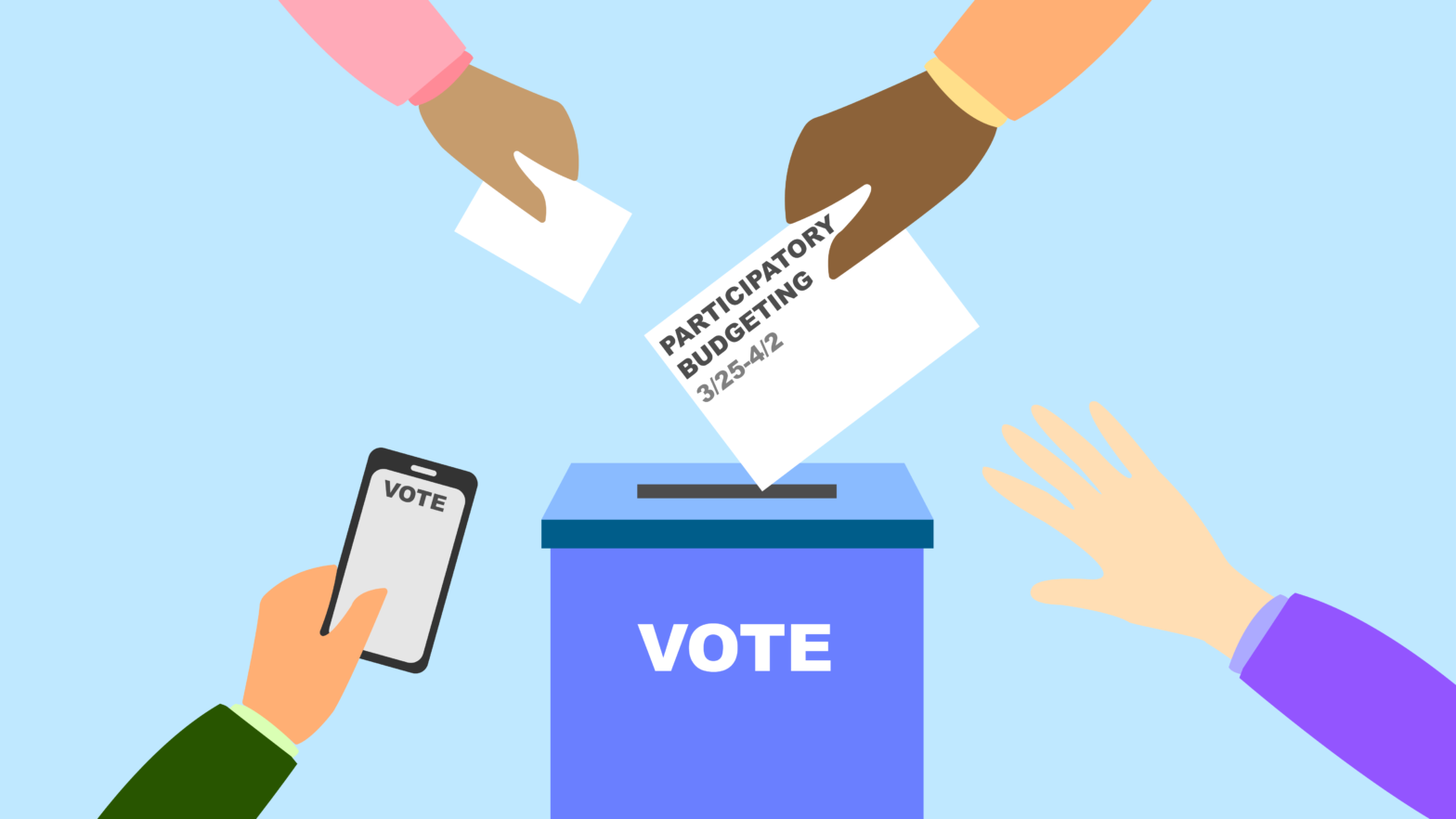New Yorkers aged 11 or older are eligible to vote on what local physical and social infrastructure projects they want to see funded in New York City’s 2024 fiscal year budget. All can vote online or in-person on projects proposed in their City Council district from March 25 – April 2.
This process, called Participatory Budgeting, has occurred every year during the city’s budget cycle since 2011, but, due to the COVID-19 pandemic, has been paused for the past three years. It consists of Council Members asking their constituents to propose and vote on capital projects to improve infrastructure and/or support residents in their district.
As long as a person is at least 11 years old (or is at least in 6th grade) and lives in a district participating in this cycle, they can vote in New York City’s ninth Participatory Budgeting election, regardless of their:
- Voter registration
- Citizenship status
- Visa status
- Immigration status
- Incarceration status
- Residency status
In the majority of participating districts, including District 2, where The New School is located, all who work and study in the district can vote as well.
This year, 29 council districts across all five boroughs will host Participatory Budgeting voting. This includes districts frequently populated by off-campus New School students in Bushwick, the Lower East/West Villages, and Upper Manhattan neighborhoods. New School students can choose to vote in District 2, or in the district in which they live, if these districts differ. New Yorkers can find their district here.
Each participating New York City Council Member has $1 million in discretionary funding to distribute across projects in their district. The projects that receive the most votes during this week will be included and funded in New York City’s upcoming 2024 fiscal year budget, which will be finalized in July. The projects proposed during Participatory Budgeting center around “public space,” with many including “school projects, parks projects, streets projects, and environmental projects,” said Frank Perez, the Participatory Budgeting Manager and Community Liaison for New York City.
In District 2, projects on the ballot include landscaping in Union Square, garden resiliency, museum funding, physical infrastructure improvements to public schools, Lower East Side basketball court upgrades, and more.
“People should vote because it’s a way to directly have your voice, your opinion, be heard on something that is hyper-local, that affects you, your families, your community. That’s a very unique thing. It feels important to be able to have your voice heard in that kind of way,” said Nomi Tinkelman, the Organizing Director for District 22 Council Member Tiffany Cabán.
New Yorkers can vote on which of their district’s projects should make it into the city budget in one of three ways:
- Visiting their Council Member’s office
- Voting online at this link
- Visiting one of their district’s in-person sites (This link lists the in-person voting locations for District 2)
Whether residents are voting in person or online, the process will look and feel similar. When voting online, eligible voters need to provide their home, work, or school address. Once done, the site will automatically confirm if their district is participating in Participatory Budgeting. After that, all in-person and online voters will fill out three documents. “First, an affirmation attesting that you meet the requirements to vote, [second] a ballot which will have your districts’ projects up for a vote, [third] an optional anonymous survey,” Perez said.
In-person sites can most easily be found by contacting a member by email or by visiting a member’s official website or social media pages, Perez said. These platforms are also a good way to learn more information about each of the projects on the ballot.
The purpose of participatory budgeting is to allow everyone to “have a direct say in how funds are allocated in the communities they live in,” Perez said. This allows individuals who aren’t typically engaged in the traditional voting process to be involved, he added.
All New Yorkers 11 and older can help determine how their City Council Member’s discretionary funding is spent by voting in their district’s Participatory Budgeting election between March 25 – April 2.







